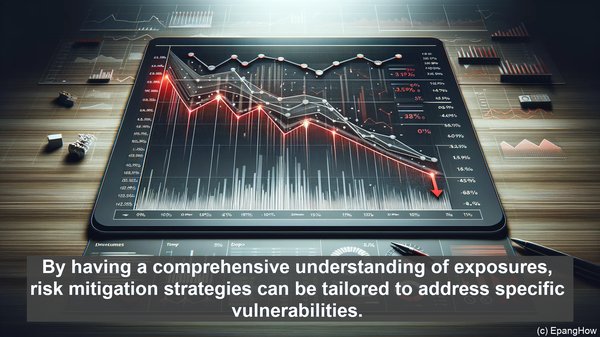Introduction: The Intricacies of Finance
Hello everyone, and welcome to today’s video. Finance, with its multifaceted nature, often presents us with intricate concepts. Two such terms that are often used interchangeably, but hold distinct meanings, are financial exposure and financial risk. In this video, we’ll delve into these concepts, highlighting their differences and significance.
Defining Financial Exposure
Financial exposure refers to the potential impact that external factors, such as market fluctuations or economic changes, can have on an investment or business. It’s the vulnerability to losses or gains due to these factors. For instance, if a company has a significant portion of its revenue tied to a foreign currency, any fluctuation in that currency’s value can directly impact the company’s financials. In essence, financial exposure is the ‘what could happen’ scenario.
Understanding Financial Risk
On the other hand, financial risk is the probability of an adverse event occurring, leading to financial losses. It’s an assessment of the likelihood of a negative outcome. Risk can arise from various sources, such as market volatility, regulatory changes, or even operational inefficiencies. Unlike financial exposure, which focuses on the potential impact, financial risk emphasizes the ‘likelihood’ aspect.
The Interplay: Exposure and Risk
While financial exposure and financial risk are distinct, they are interconnected. Financial exposure sets the stage for potential risks. It highlights the areas where vulnerabilities exist. Once these exposures are identified, risk management strategies can be formulated. These strategies aim to mitigate the likelihood and impact of adverse events, thereby reducing the overall risk. Thus, exposure acts as a precursor to risk management.

The Importance of Distinguishing
Understanding the difference between financial exposure and financial risk is vital for several reasons. Firstly, it enables more precise analysis. By segregating exposure and risk, one can delve deeper into each aspect, leading to more nuanced insights. Secondly, it aids in decision-making. When one can clearly identify the exposures and associated risks, they can make informed choices, be it in investments or business operations. Lastly, it facilitates effective risk management. By having a comprehensive understanding of exposures, risk mitigation strategies can be tailored to address specific vulnerabilities.

